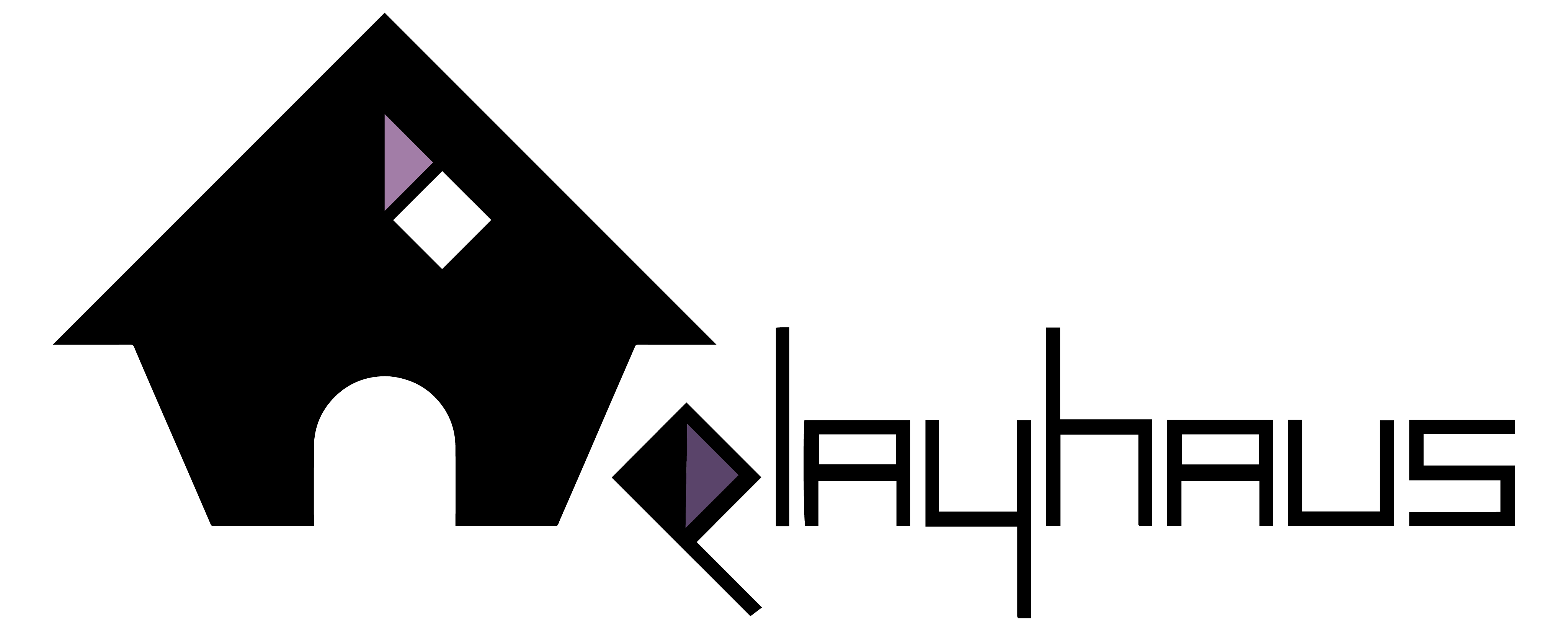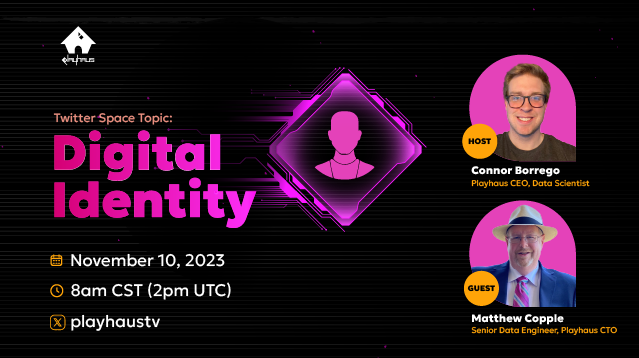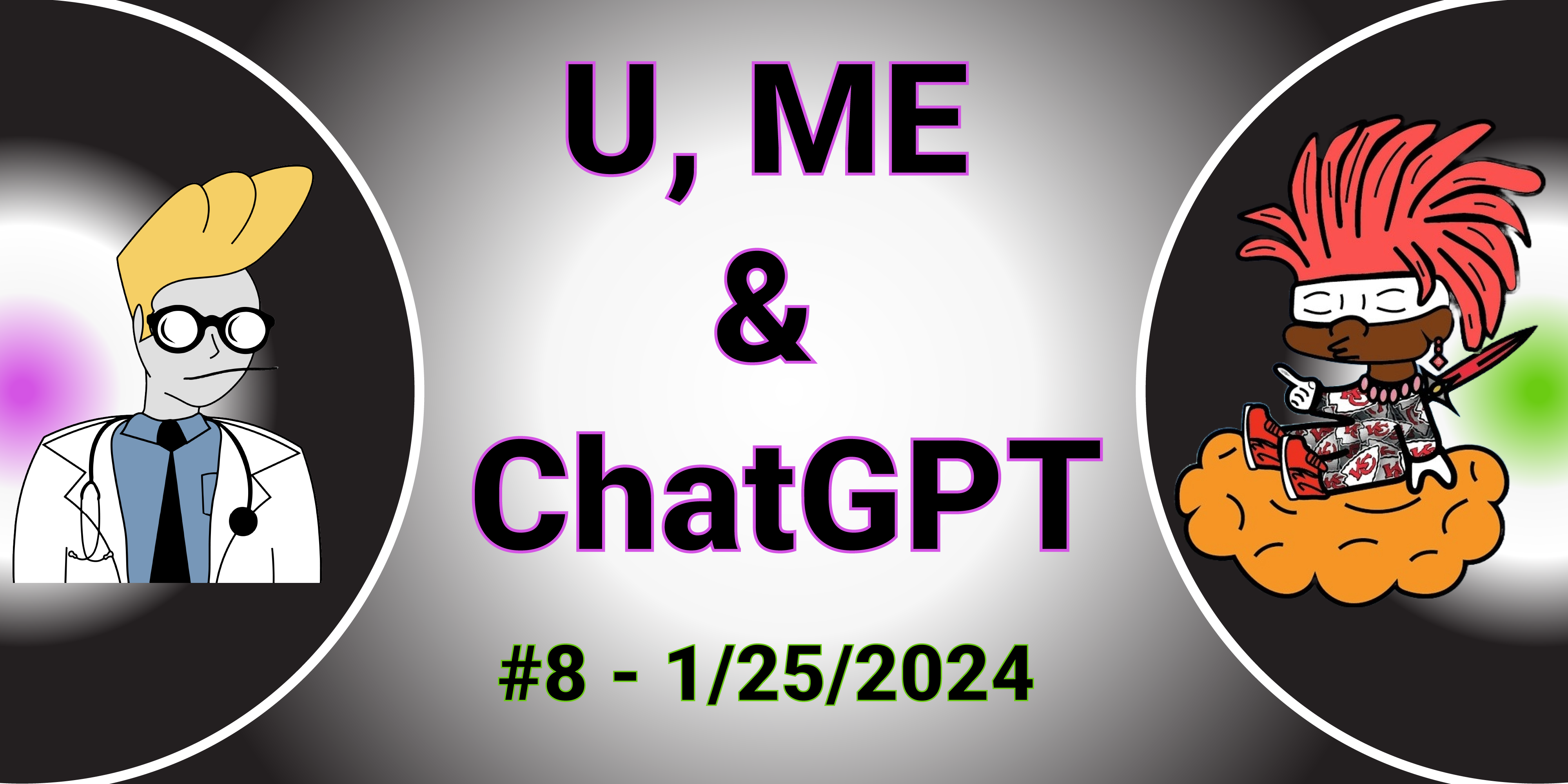GM HEARTLAND |
This is the way the world ends. Not with a bang but a roar. |
—El Prof, Muhammed & Chad |
MONEY MONEY MONEY
| TOKEN | PRICE CHANGE | PRICE |
|---|---|---|
| Solana ($SOL) | +15.7% | $169.94 |
| Helium ($HNT) | +6.29% | $4.90 |
| Pyth ($PYTH) | -6.25% | $0.45 |
| Solend ($SLND) | +3.64% | $0.57 |
(Price changes reflect past 7 days as of 5.17.24)
- All the tokens above represent the Solana network, and a dominant industry player we’re holding onto in our treasury.
- Pyth would be our bargain pick up this week if you wanted to recycle those $SOL gains. #NFA

Roaring Kitty’s Return
Meme stocks made a roaring comeback—for all of 24 hours.
On Tuesday, trading for GameStop ($GME) and AMC ($AMC) was halted multiple times due to extreme volatility, after their stocks posted massive gains the day before. This sudden surge in activity coincided with the return of Keith “Roaring Kitty” Gill, a legendary figure in the (decentralized) financial world.
Roaring Kitty is often assigned responsibility (and/or blame) for the so-called meme stock rally of 2021. In January 2021, GameStop’s price skyrocketed from $17 to $483, ignited by several of Gill’s—then pseudonymously known as u/DeepFuckingValue—posts on the subreddit r/WallStreetBets, and a subsequent coordinated effort from retail investors across Reddit and Twitter. This frenzy was in large part a backlash to the overwhelming short interest in GameStop by institutional investors. The sudden surge in price forced these short sellers to cover their positions, tossing further fuel on the fire.
The 2021 bull market was characterized by unprecedented retail investor participation, instigated by pandemic-induced cabin fever and the rise of commission-free trading apps. This perfect storm of factors led to a surge in individual investors entering the market, seeking to capitalize on the momentum and show traditional finance bankers that two can play at their game. Roaring Kitty’s influence certainly played a significant role in starting the movement. But what endures is the spirit he has come to symbolize since.
Roaring Kitty represents the essence of the individual investor, refusing to be silenced by traditional Wall Street powers, and at times serving them a very tangible FU. GameStop short sellers lost almost $1 billion in Monday’s squeeze alone. His unwavering confidence in his investment choices and willingness to challenge the status quo have inspired a new generation of investors. This spirit of taking your finances into your own control—or custody, if you will—remains a core tenet of the DeFi space.
Now, to be clear, that doesn’t mean you should necessarily go buy the dip on $GME. Investing in meme stocks is a highly risky endeavor, and you need to be deathly allergic to touching grass to pull it off. These triple-digit-percentage surges happen very fast on just a few days every few years. Indeed, AMC and GameStop have already all but given up their gains from the top of the week.
You won’t be able to predict the next run by analyzing economic indicators either. Riding meme stock surges is a lot like turning a profit off shitcoins. (In fact, meme coins based on these meme stocks saw a similarly shaky roller coaster ride this week, without the excuse of regulatory interference. Read to the end for more on that.) Both require a comprehensive understanding of human psychology, a finger on the pulse of chronically online culture, and the luck of lurking in the exact right corner of the internet at the exact right time.
But if you do want to commit your life—and life’s savings—to perfecting the meme stock play, turning on push notifications for whenever Roaring Kitty posts isn’t the worst place to start. The whole financial world is waiting with bated breath to see what’s next for this modern-day folk hero and the retail investors who follow him. Will they continue to disrupt the status quo, or will traditional institutions find a way to counter their influence? Only time will tell—and said “time” may well be another three years.
—Muhammed
We sure are. playhaus NFTs are back baby! But playrs is not another PFP project. Creative merits, cringeworthy celeb endorsements, and right-click-saves aside, Cryptopunks, Bored Apes, Doodles, et al made one mistake.
NFTs are not just artwork. They’re for work.
With our new NFT collection, we put the utility and the art on an even level. Each playr is a proverbial key to the playhaus and every feature of its business-boosting ecosystem, beginning with instant access to our alpha growbot product, and our most favorable pricing model guaranteed for life.
Beyond the tangible benefits, playhaus’ vision for collaborative economics is nothing without a diverse cast of characters. Each playr can be customized with unique traits inspired by your favorite pop culture artifacts, serving as a symbol of both your individuality and place in a community.
Forget Proof-of-Work, Proof-of-Stake, even Proof-of-History. The playhaus runs on Proof-of-Humanity. It runs on playrs. These PFPs are cave paintings, the tools used to carve them, and the cave itself.
Season 1 of 7, to be rolled out over 4 years, drops on 7.4.2024. But you don’t have to buy one—or even wait until you can buy one—to buy in.
Fill out this form to request traits you’d like to see included in the first collection, and join our Discord to vote on designs, participate in giveaways, and more.
You don’t even have to pay a quarter to be a playr.

Funhaus Mirror
In honor of the playrs rollout, I wanted to write a heartfelt reflection on my life in the years since I founded playhaus.
Making hard choices looks easy and logical in hindsight. Conversely, lots of great decisions look terrible in the present moment. When I left my job at Google to become a full-time entrepreneur, it was a tough call, and to most outside observers likely seemed like a very bad idea.
To many, it may continue to seem so.
For nearly four years now, I’ve been on a journey to build a smart wallet for digital identity. It is essentially a decentralized warehouse for user data, used to store it and analyze it. But, unlike the majority of data warehouses, it is being built on the blockchain; Solana, specifically, to start. The ultimate intent is to enable users to opt-in to systems that want to feed their data into algorithms to make money; or, of course, opt-out.
This choice does not yet exist on the internet.
Nevertheless, that story has consistently fallen short as a compelling case for investors. It’s hard to not call it deflating at times. Web2 investors want me to flip the economic engine of my web3 project and sell out for quick cash on a 3-year timeline. Web3 investors are like, yeah, I totally get it, but what have you built today? Our focus on building a strong customer base and product interface that are fundamentally web2 in nature (bootstrapping) repels them, although we’re only doing so due to our lack of funding, and this is our de-risked path forward. I do have the trust of a few people with capital, but only after I have a fund willing to take the lead—a future comfort that doesn’t do much for me on a daily basis.
As a data and product analyst with a career focused in and around advertising technologies, but without the full technical chops to build an MVP on my own, the smartest choice for me has always been to build an agency business, and demonstrate I’m a capable operator who can acquire customers in his target demo. It’s something one of my mentors (and one of our advisors) Mike did to build his advertising technology business.
It’s double duty though. The operational revenue from an agency keeps the project funded for engineering and finding product market fit, operating as a de facto product department to gather insights from the core users of the product: marketing managers and business executives. Investors don’t love this approach for some confounding reason, arguing the operations of that business model aren’t scalable, which coincidentally is never an argument that I made. It is more of a necessary measure that happens to fit neatly with the data analytics business we’re building, than it is a core part of the plan for the long term.
The real irony lies in the fact that we’ve led with transparency all along. We’ve called ourselves a web2.5 company since March 2021. I may not be exaggerating when I say we coined the term. The balance of a lofty idea and a slow and steady approach to getting there is in large part what drew me to the project in the first place. I can’t speak for our team of more than a dozen technological wizards and creative visionaries. But I’m guessing they wouldn’t be working so hard for delayed gratification if it didn’t appeal to them too.
So, with the benefit of hindsight and results-oriented thinking, I can confidently say I made an easy, logical, great choice.
In four years, what do I have to show? Not the next Google, not a unicorn, not even a consistently profitable business. But we do have several deals at the finish line, new team members joining the mission in bulk, an upcoming NFT release, the revival of our content team, and growbot’s alpha client’s data onboarding underway. More importantly, I am four years closer to a solution that could quite literally benefit everyone on the internet. It may take another four years to get there. (And another forty to get investors to see it.) For now, the grind continues, and will until I find my lead.
—El Prof
STRAY LINKS
Speaking of the intersection of retail investing and DeFi, Robinhood enabled Solana staking, giving customers access to what’s basically a blockchain-based 5% APY high-yield savings account… so long as they live in Europe. 😕
New research shows Solana is officially the fastest large-scale blockchain. Daily average transactions per second on Solana are 5x faster than on Polygon, and 46x faster than on Ethereum.
As strong as the performance of TradFi’s $AMC and $GME was this week, it paled in comparison to Solana-based meme coins $AMC and $GME, which exploded in the wake of Roaring Kitty’s post.




